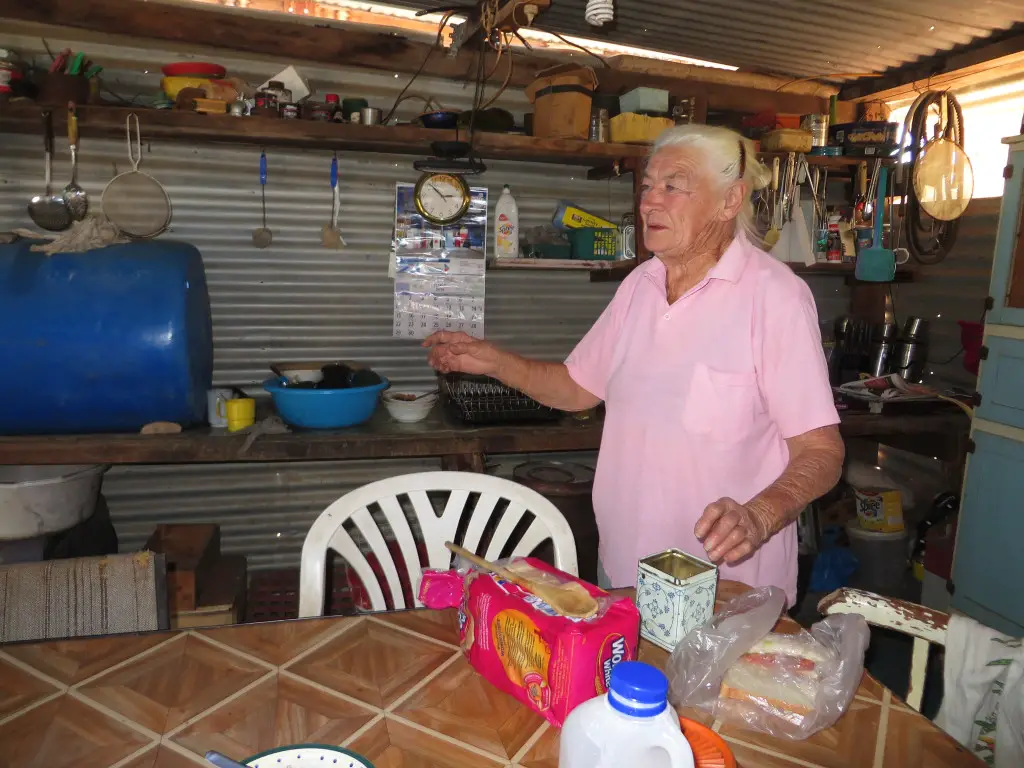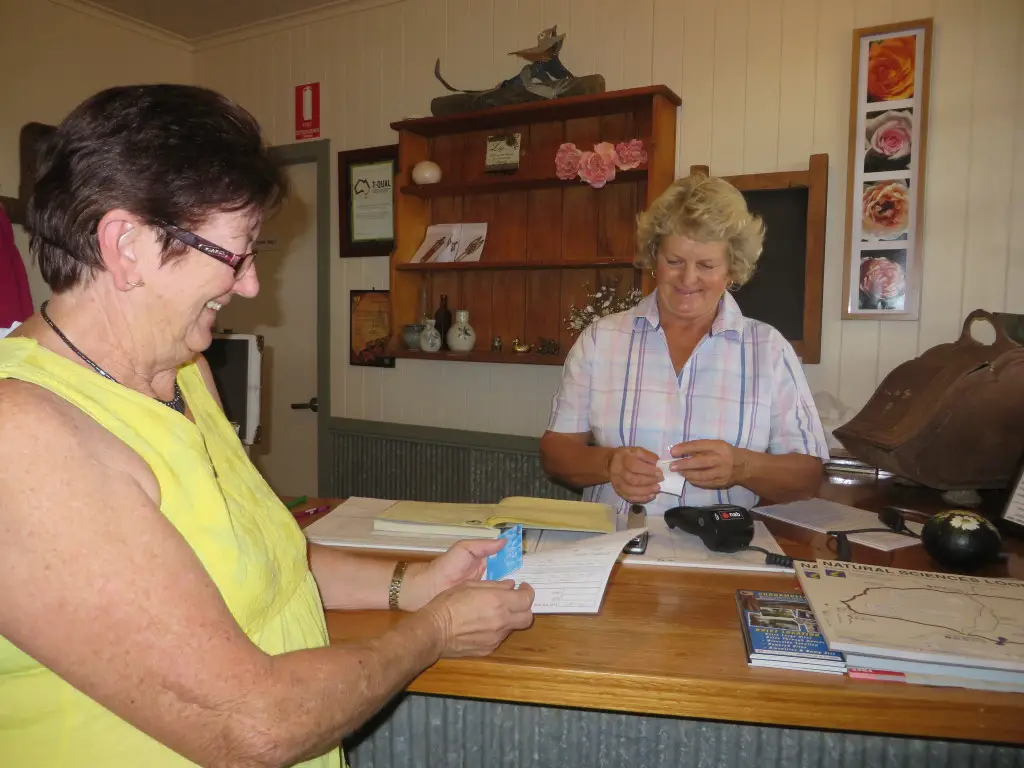younger, I automatically associated that phrase with overseas travel, exotic locations and wilderness, glitz and glamour.
However, it has been only since I started travelling through my own country that I got a sense of what that phrase really means. I have visited historic towns, seen isolated homesteads, met people from all walks of life and listened to stories about their lives. I have gazed on the infamous Boab prison tree at Derby in Western Australia, then travelled down to the southern tip of the state where you can catch a glimpse of the hard life once led by whalers in Albany. All over the country, in dim corners of country museums, I have spotted old wares that speak of life in a harsh environment: a dusty butter churn, a battered washboard, a heavy iron cooking pot.
I have peered at photographs of women outside a humble hut in the outback, dressed up for the camera in their Sunday best with spit-and-polished children by their side, and thought about their lives: long days and hard work. At the Back O’ Bourke Exhibition, for example, you’ll read about Catherine “Kate” Davis, who managed a household, including a brood of children, on the 600-square-mile Keribree Station – until she died at the age of 40 in 1884, not long after giving birth to her eleventh child. But it’s not only a hundred or more years in the past that you’ll find pioneering women: they are still around today.
Today’s female pioneers might be clad in jeans and t-shirts rather than billowing skirts and bonnets, but they work just as hard as their forebears. Take Judy, the manager of the Warrigo Riverside Caravan Park at Cunnamulla. She bought a citrus farm years ago, and spent years planning then building a top-rated outback caravan park on the land. It was hard slog for a woman on her own, but now she is reaping the rewards – in peak season you have to book ahead to be assured of a site. Reviews all over the internet talk about the top-quality amenities, the herbs planted in the gardens of every site, the riverside Happy Hours around the campfire and particularly, the friendliness of the park manager herself.
Our travels have also taken us along dusty roads to mining claims, where the accommodation ranges from well-equipped dongas to old caravans next to lean-to kitchens with ancient stoves. In all of them, we find not only hardy miners but the women who live and work with them, fighting dust and dirt and isolation on a daily basis, much as pioneer women did a century ago.
Today’s pioneering women come in all types, still forging their way.
You’ll see many of them as you explore Australia – and if you find that the Outback tempts your heart and soul, you could end up being a modern-day pioneer yourself.





